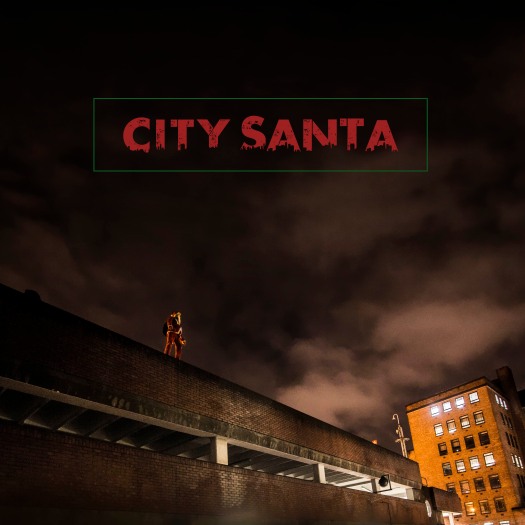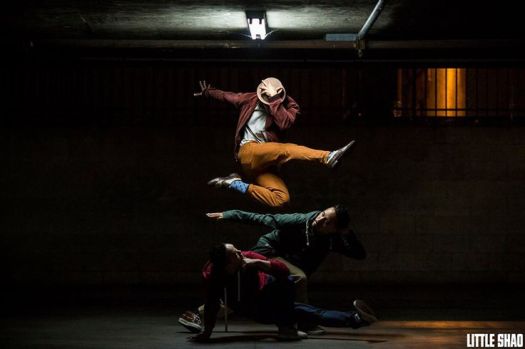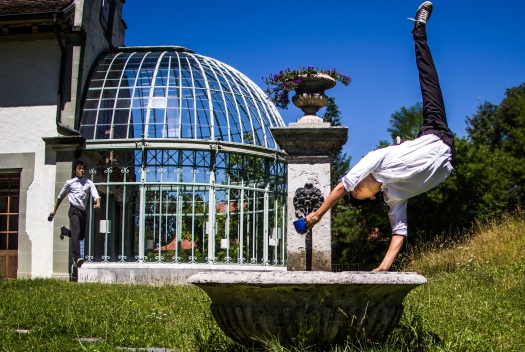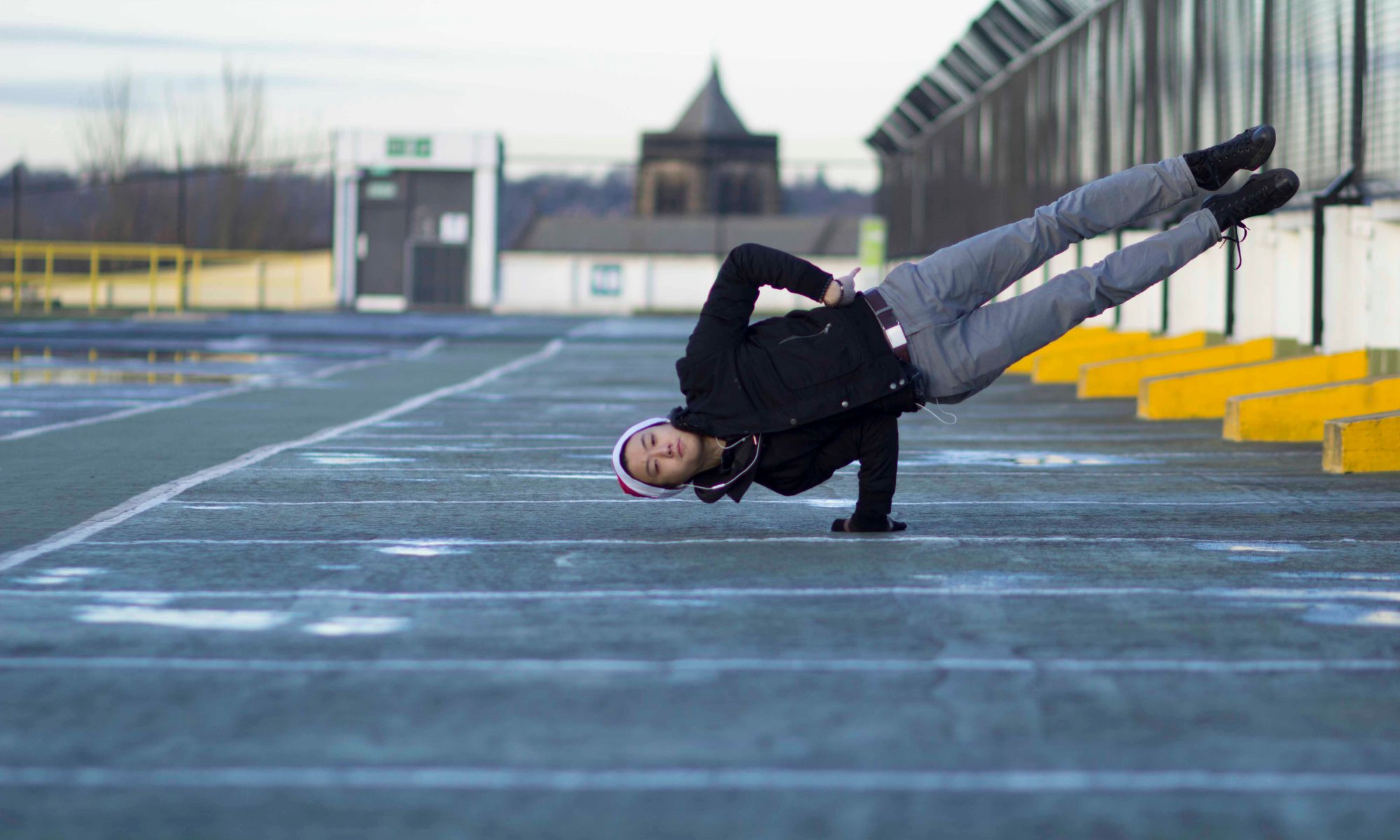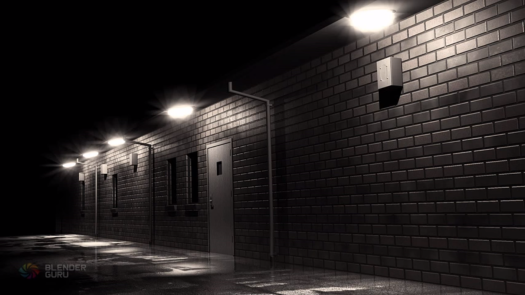After the first shoot, in which I had not yet incorporated any breakdancing elements yet, I found that I didn’t need any, and would still work. So this is about City Santa, ‘caught in action’.
I tried to keep the editing constant and the same throughout all the pictures in terms of contrast, color, sharpness and brightness.
Most of the pictures came out really warm with a lot of yellows due to the street lamps. To give the story more of a Christmas feel, as well as making it seem more magical or detached from reality, I gave the book an overall red tone, along with a substantial amount of contrast.
Because all the photos were taken at night in very dark locations, I spent quite some time working on the brightness of the pictures, and reducing noise. For the brightness and exposure of the pictures I mainly used the curves adjustment layer. To reduce noise mainly used the surface blur filter(along with layer masks to restrict application of filter on certain parts of the pictures), but in some I also used the noise reduction adjustment brush.
Reducing noise has always been a pain for me.
This video by Phlearn really helped me understand the various ways to reduce noise, difference and effectiveness of each.
After editing, I had to then choose which photos were going to be in the book. Some pictures didn’t make much sense in the context of City Santa, so were rejected. In the end I ended with less than 20. With David’s advice, I made images of specific time displays to put into pages in between the pictures. I felt that this was a good way to keep the narrative smooth and flowing.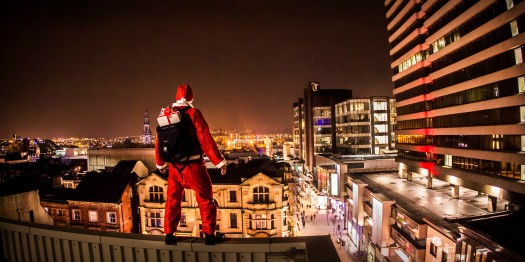
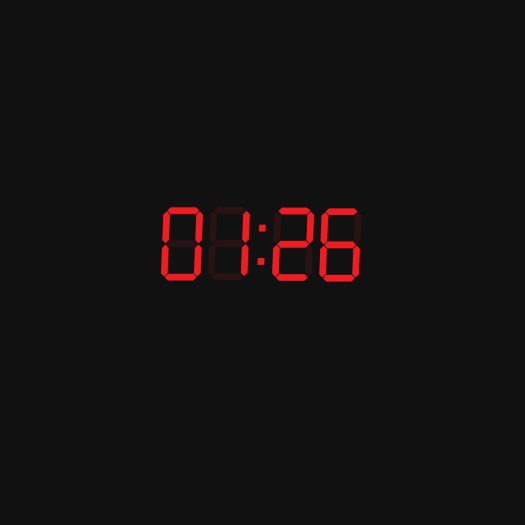
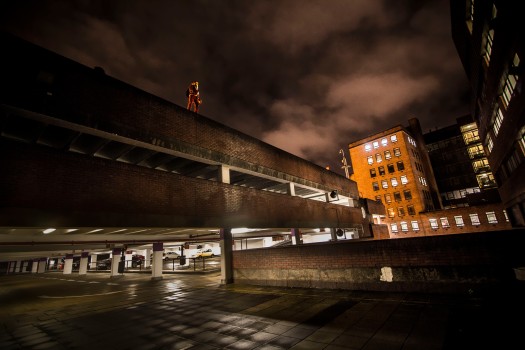
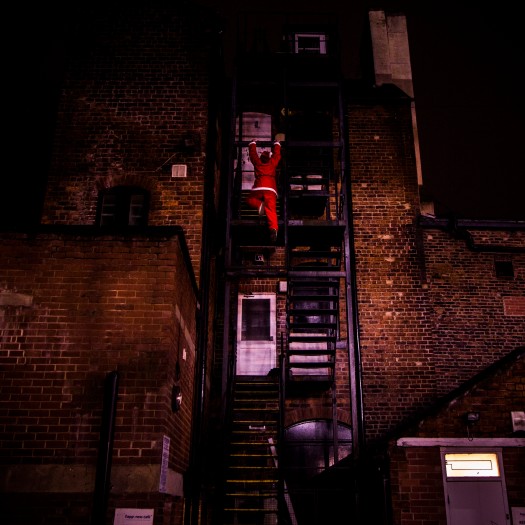
The first picture from the top(Skyline.jpg), was the only picture I used Fisheye lens to take because it distorted the image in a way which help hide some darker buildings in the front(right after where I stood) and helped give the skyline a grander, wider, and brighter look.(Same image using regular wide angle lens is posted in the ‘location scout 1’ post)
For the cover of the book, I used the image ‘carpark'(3rd from top). I cropped off the bottom of the photo and used the clone stamp tool and the gradient tool in Photoshop to create/extend the sky. For the title I used a font I found online called urban jungle.
